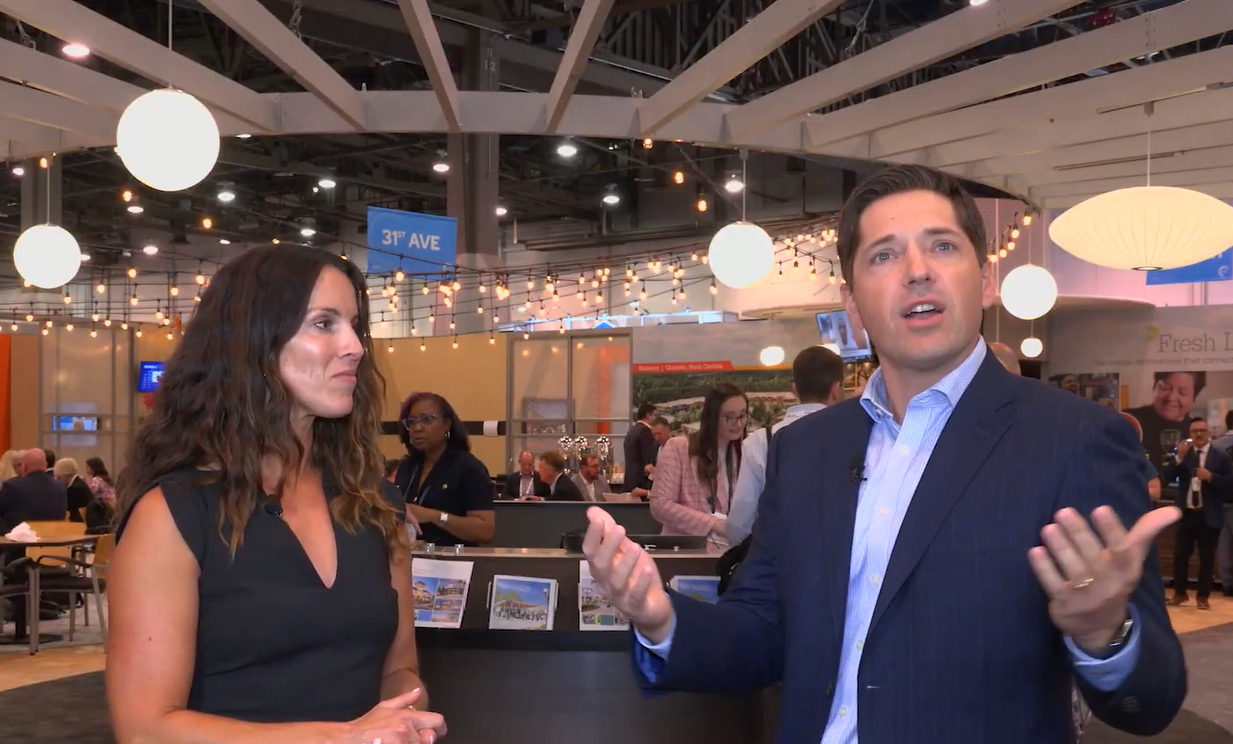In today’s capital environment, maintaining an active retail development pipeline requires a strategic approach. While the 20-year vacancy low of 5.3% may seem ripe for new development, high interest rates and construction costs remain a challenge for real estate developers.
“Development activity has fundamentally shifted in this capital-constrained environment,” says Jack deVilliers, managing director at Regency Centers. “It limits the number of players who can move deals forward.”
DeVilliers notes that Regency has been finding innovative ways to keep their pipelines active, in spite of these headwinds. He points to the following top five strategies:
Recommended For You
1. Secure pre-commitments from quality tenants
With heightened scrutiny from capital sources and high costs causing compressed margins, developers can no longer afford a speculative approach.
"When we start development, it's ground up and new, but we already have it pre-leased and approved," deVilliers says about Regency’s grocery-anchored retail model.
In fact, only 25% of delivered retail inventory is currently available for lease, highlighting the importance of tenant engagement early on.
2. Target favorable demographics
Regardless of broader industry challenges, development in areas with strong population growth, high education levels and solid income demographics is always a winning formula, deVilliers says. This is particularly true in suburban locations near major metropolitan areas where retail space is hard to come by.
"You need to be in communities that have the density, education, and demographic profile that retailers want," notes deVilliers. "But it's also about matching the right retailer with the right community."
These communities are attractive to grocery stores such as Whole Foods, ShopRite, Target and Trader Joe’s, which often anchor Regency’s retail centers.
3. Partner with master-planned communities
One emerging opportunity, deVilliers sees, is partnering with residential developers on master-planned communities. While residential developers often prefer to retain control of housing, many are open to outsourcing the retail piece to experienced developers.
"We're seeing master-planned community owners spin off their retail components," deVilliers explains. "When you're building 1,200 homes, retail becomes an amenity to it."
This model serves both residential developers' needs and municipalities' desires for a more balanced tax base. Retail rental rates in master-planned communities run 24% higher than surrounding areas.
4. Get creative with land acquisition
Successful developers are also looking beyond traditional vacant parcels. They’re considering alternative sites that can be repurposed, such as outdated office buildings, or even assembling multiple smaller parcels.
“Once you know where your tenants want to be, it’s really about making relationships with the owners of the land,” deVillier says.
Developers who have strong relationships with owners are in a good position to find these unconventional parcels.
5. Consider alternative financing structures
With capital constraints, some developers are exploring alternative financing structures, including self-financing or partnering with institutional investors, to provide equity financing.
“Because of our REIT structure, we generate free cash flow that needs to be redeployed into our portfolio,” deVilliers explains. “When we can find development opportunities that return north of 8%, that’s the best use of that cash flow.”
The ability to self-finance can be particularly appealing to landowners developing master-planned communities.
“We can develop this almost all cash, and that’s a huge benefit,” deVilliers notes. “We’ve all seen the days of tying up dirt, going through the entitlement process, and then something happens in the economy and you’re not able to finance it.”
© Touchpoint Markets, All Rights Reserved. Request academic re-use from www.copyright.com. All other uses, submit a request to [email protected]. For more inforrmation visit Asset & Logo Licensing.






